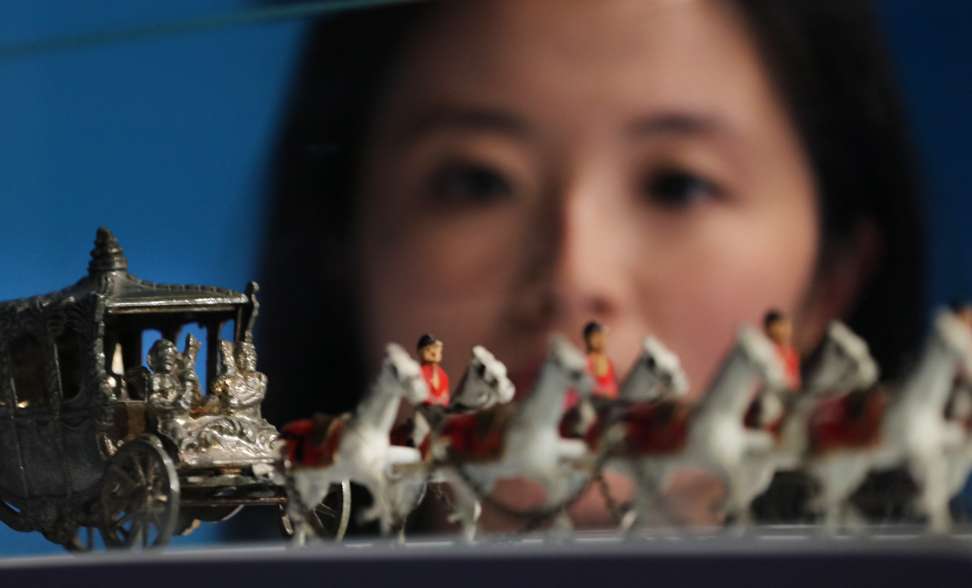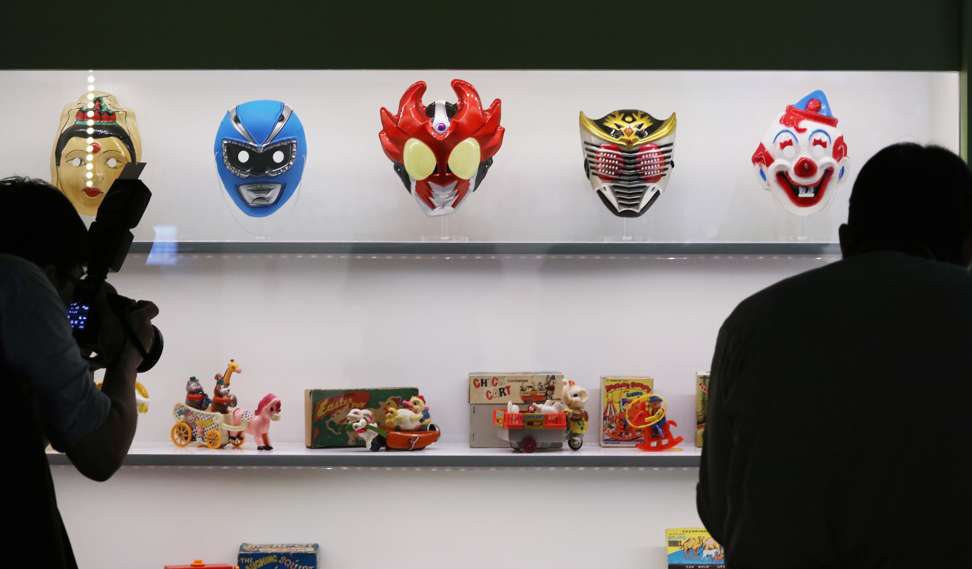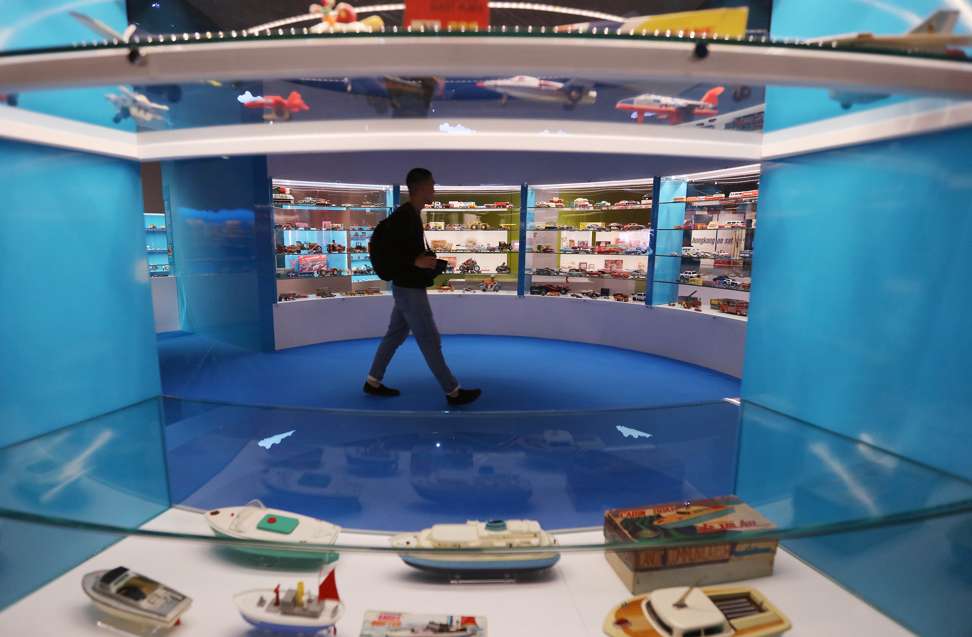
Made in Hong Kong: toys exhibition at history museum tells the lost tale of an industry
Three-month display showcases tradition of city as a ‘toy town’, and aims to attract more young people into the business
Star Wars figurines, rubber ducks and Thomas the Tank Engine trains may come from different fantasy worlds, but they all have one thing in common: they were once made in Hong Kong.
Hong Kong Museum of History’s three-month exhibition – titled The Legend of Hong Kong Toys – will open on Thursday (March 2), featuring over 2,000 playthings from the last century, with origins that can be traced back to the city.
Hong Kong, once the biggest toy maker in the world, now manages the production of 60 to 70 per cent of toys globally, with factories based in mainland China.

The exhibition shows how the local toy industry and its products have evolved over the last 60 years, from unblinking dolls and wind-up tin dogs, to elaborate robots and action figures.
“Toys are really something that people treasure because it’s a memory of the good old days,” Yeung Chi-kong, executive advisor of the Toys Manufacturers’ Association of Hong Kong, said. Yeung helped create the exhibition.
The earliest Hong Kong toy companies began manufacturing products after the second world war, but it wasn’t until 1972 that the city became the biggest toy exporter in the world, overtaking Japan and Europe.
After mainland China opened up, Hong Kong trading companies shifted their factories across the border. There are now about 3,000 Hong Kong toy companies with factories on the mainland.
The exhibition is the result of a two-year collaboration between the Toys Manufacturers’ Association, the Hong Kong Toys Council and the Museum of History, and it is one step closer to the ultimate goal of the industry: a permanent museum to display the city’s toys.

Many of the toys were donated by collectors, and will be returned when the event ends on May 15.
Yeung said he has been pushing the government to consider the museum idea, and he expected it to happen within the next five years, if space was available.
“We have hope that it will succeed one day,” he said. He also wanted to educate citizens and tourists about Hong Kong’s role as a “toy town” and attract more young people to the industry.
Chairman of the Hong Kong Toys Council John Tong Shing-jing said the toys held fragments of historical trends, from the designs of fighter planes after the war, to the beauty standards reflected in Barbie dolls.

Another change through the decades was the rise of electronic toys, which now make up about 10 per cent of toy sales in terms of value, Tong said.
While electronic toys are expected to become more popular, tradition never dies, and Tong said children will still play with non-electronic toys a century from now.
“Imagination goes on forever,” Toys Manufacturers’ Association of Hong Kong president David Chu Kei-kwan added.

